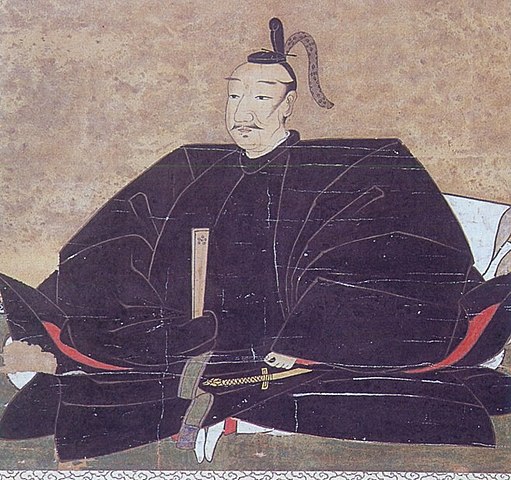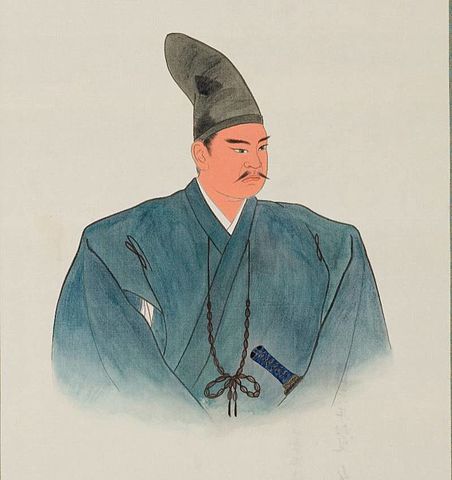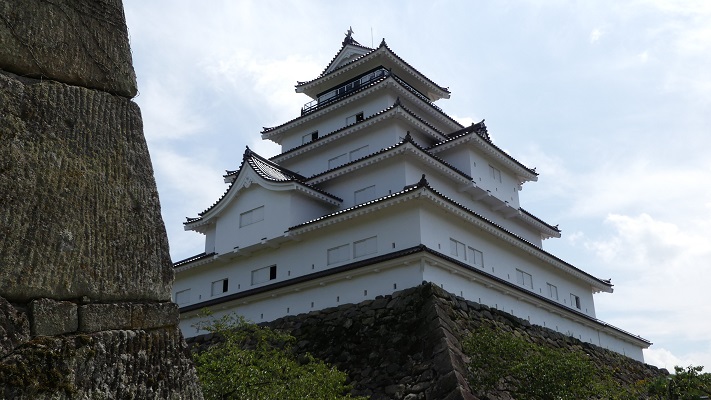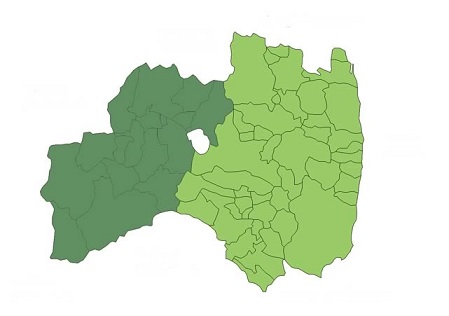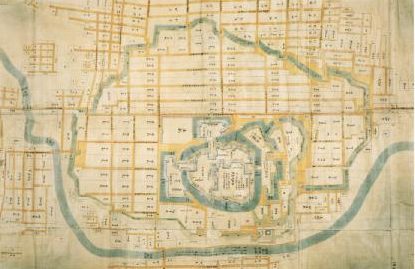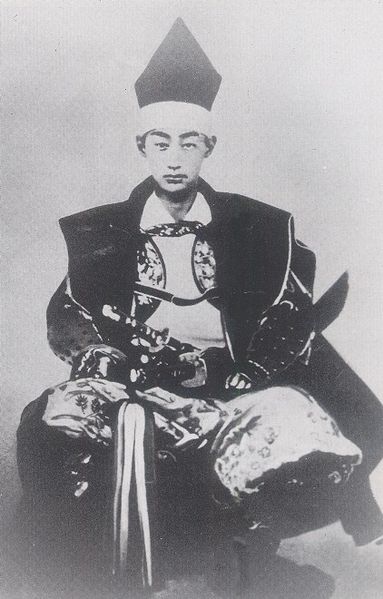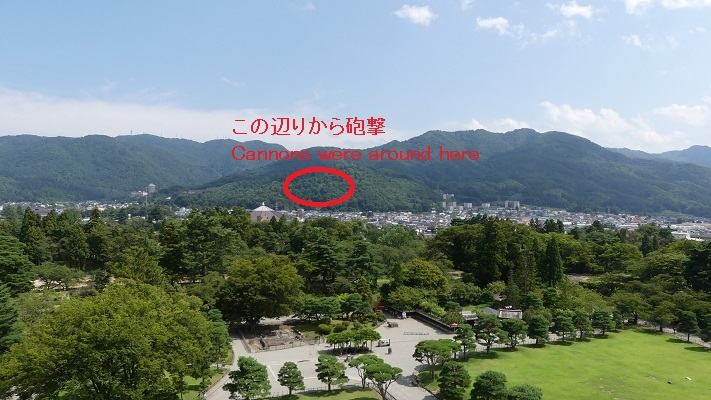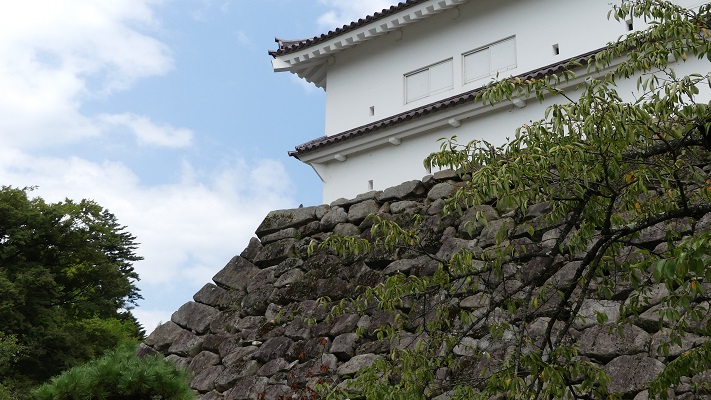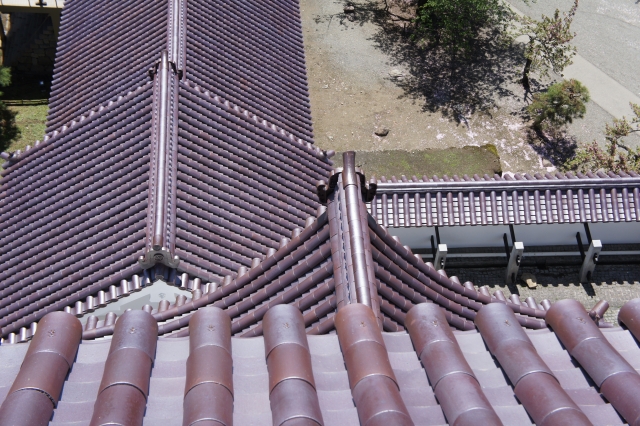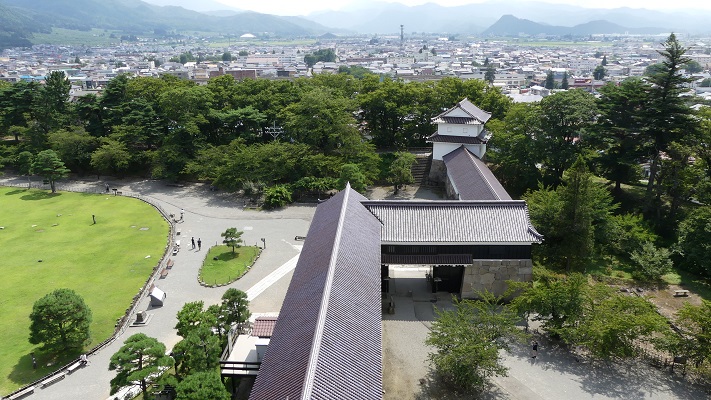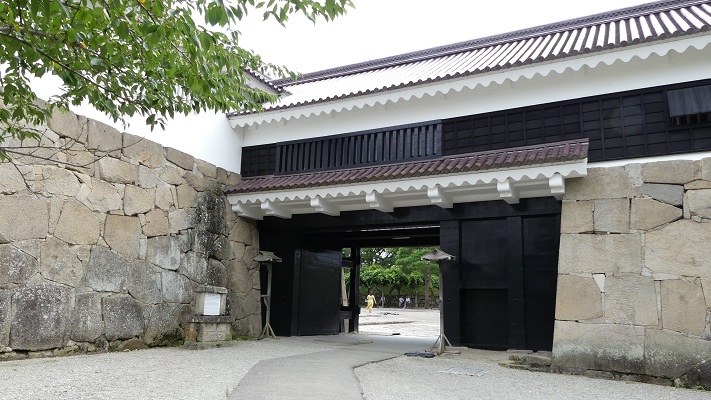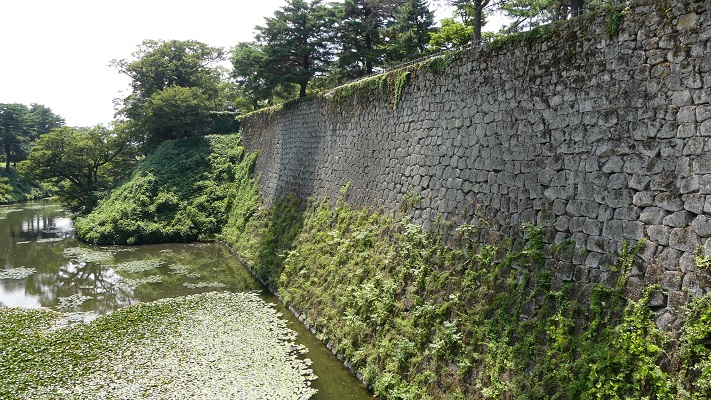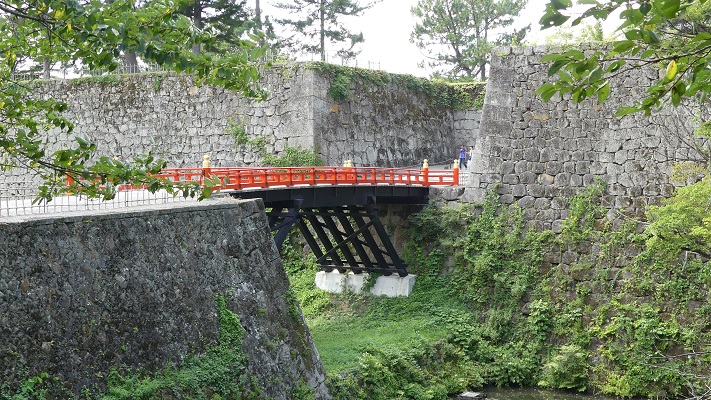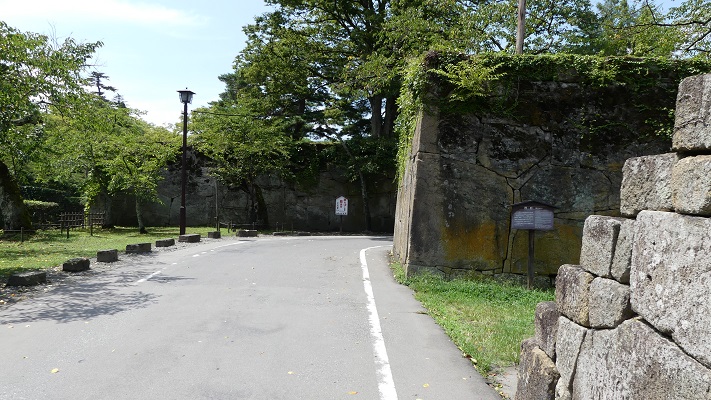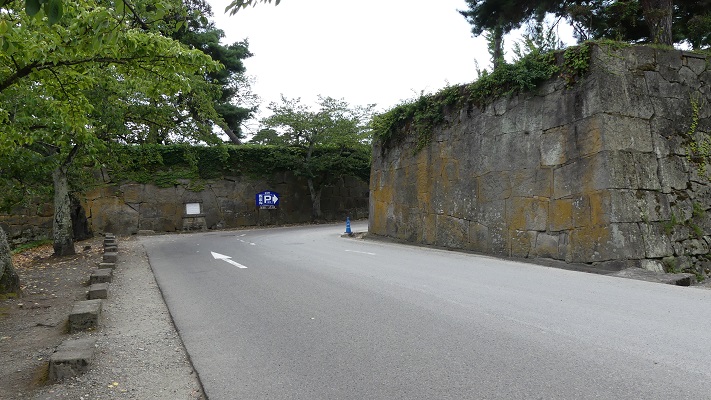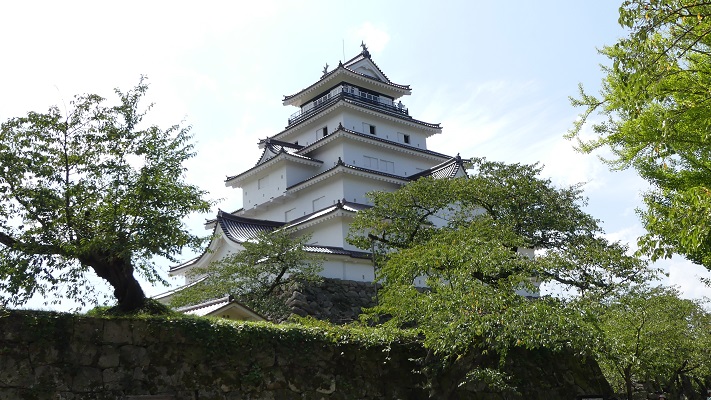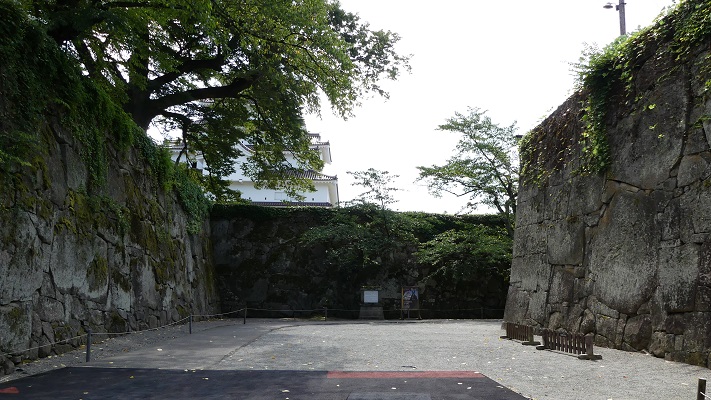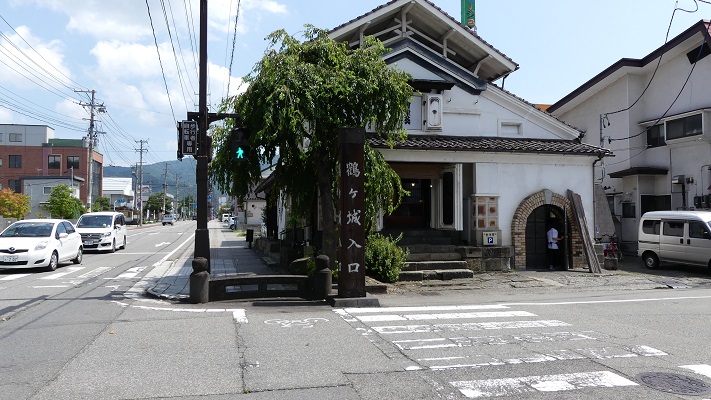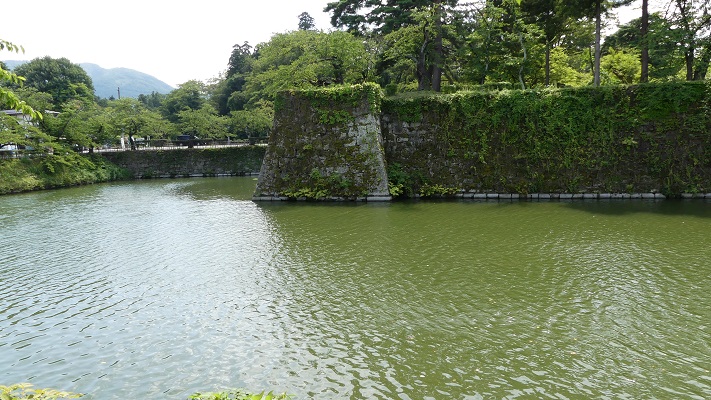Location and History
Origin of Castle’s name
Mukai-Haguroyama Castle was located in the Aizu area of the modern day Fukushima Prefecture. Regarding castles and ruins, the area is much more known for Wakamatsu Castle which was the home base of the Aizu Domain during the Edo Period. However, the castle had been called Kurokawa Castle when the Ashina Clan owned it and the clan had a much larger Mukai-Haguroyama Castle than Kurokawa Castle at that time. The mountain that Mukai-Haguroyama Castle was built on was originally called Iwasaki Mountain, so the castle was first called Iwasaki Castle as well. Alternatively, the mountain was called Mukai-Haguroyama Mountain, which means the mountain opposite of Haguroyama Mountain. These two mountains actually look like they are standing in a row, so the castle was eventually called Mukai-Haguroyama Castle sometime later.
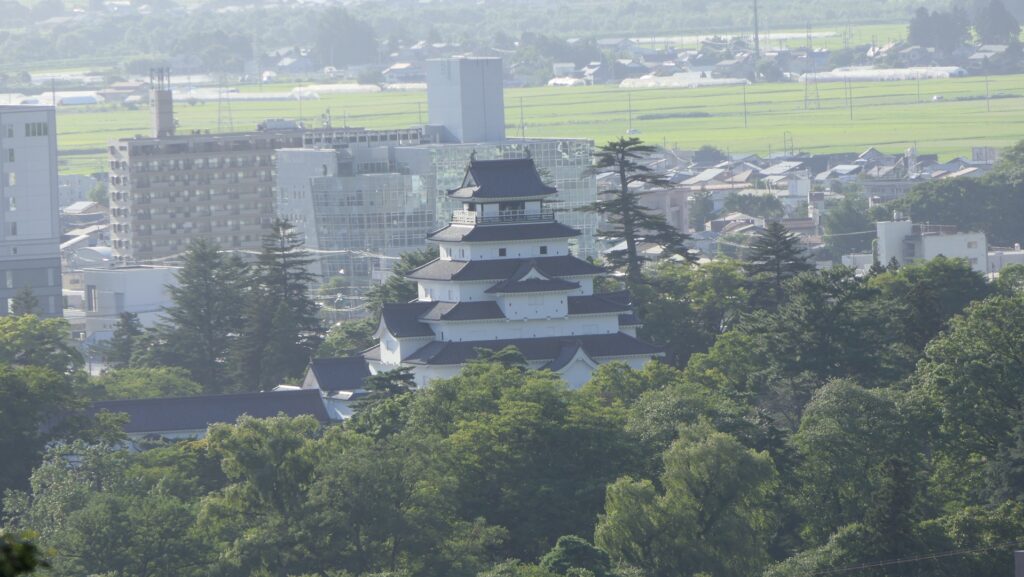

Ashina Clan settles in Aizu area
The Ashina Clan originally came from the Sawara Clan, a branch family of the Miura Clan, which was a senior vassal family of the Kamakura Shogunate in the early Middle Ages, which was based in Miura Peninsula of Sagami Province (now Kanagawa Pref.). After Yoritomo Minamoto, the founder of the shogunate invaded the Tohoku Region in 1189, the Sawara Clan got a territory in the Aizu area for their contributions. Some of the clan settled in the area and renamed their family names, such as the Inawashiro, Kitada, and Shingu Clans. In the early 14th Century when the Ashikaga Shogunate was established, the Ashina Clan, another branch family of the Sawara Clan, was active in the Tohoku Region including the Aizu area, who called itself “the Aizu Governor”. As a result, the clan moved their home base from Ashina in Miura Peninsula to the Aizu area and built a new hall called Otakaki-no-tate in the middle of the century, which would later be known as Kurokawa Castle.
The location of the castle and the birthplace of the Ashina ClanHowever, the Ashina Clan was not able to govern the area easily because the other relatives of the Sawara Clan and other local clans did not obey the Ashina Clan just with its authority. The Ashina Clan needed to force them to obey the clan by force, otherwise it had to defeat them. For example, the Ashina Clan battled and defeated the Kitada and Shingu Clans. All of which, including the Ashina Clan, came from the same Sawara Clan. Another relative, the Inawashiro Clan became a senior vassal of the Ashina Clan after they fought with each other. The Ashina Clan also needed to prevent great lords outside the Aizu Area, such as the Date, Nikaido, and Satake Clans from invasion of the area. The lords of the Ashina Clan usually lived in Kurokawa Castle in the plain Aizu Basin. They also built Odayama Castle on Odayama Mountain beside the basin, about 1.5km away from Kurokawa Castle, as a final place for emergencies. Such a combination can also be seen in the cases of other clans over the whole country during the Sengoku Period. Odayama Castle was also used as their ancestors’ graveyard.
The relief map around Kurokawa Castle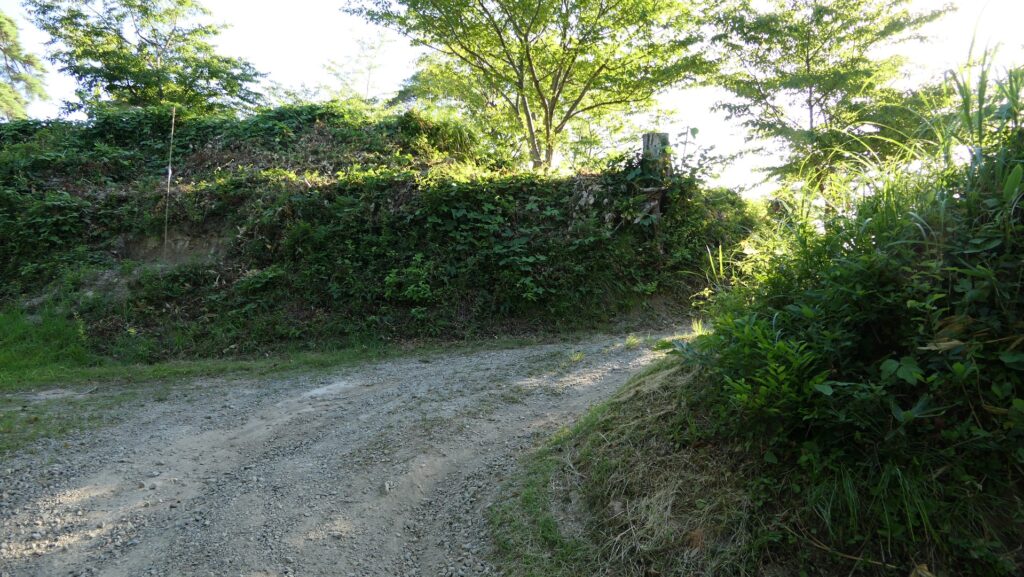
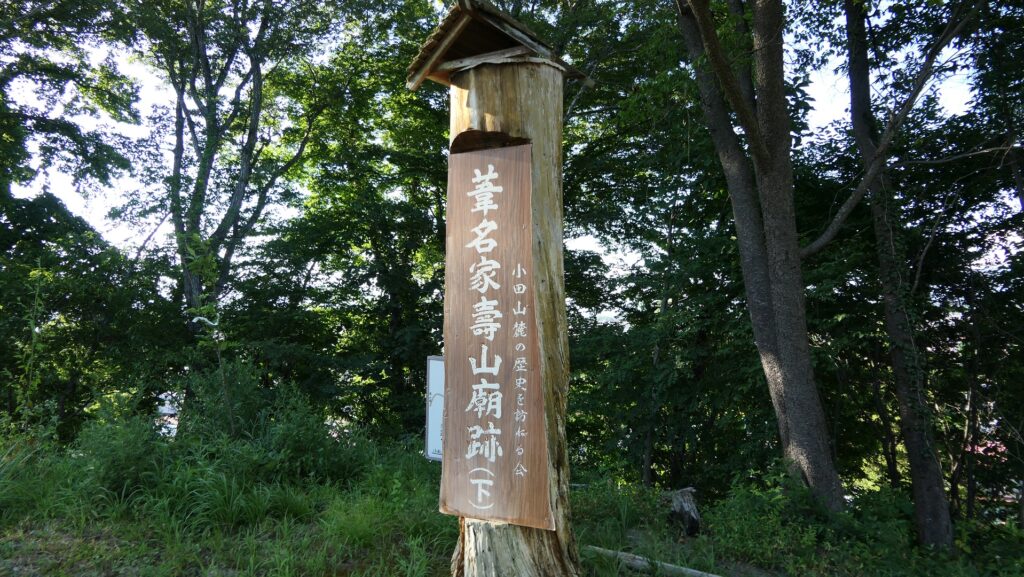
Moriuji Ashina builds Mukai-Haguroyama Castle as his Retreat
The Ashina Clan’s power reached its peak when Moriuji Ashina, the lord of the clan at that time, reigned in the middle of the 16th Century. His government of the Aizu area became stable and he also had diplomatic relationships with other great warlords in Japan, like Kenshin Uesugi, Shingen Takeda, and Masamune Date, which meant he became a great warlord as well. What he did next was retire and transfer the headship of the family to his son and start the construction of a new castle in 1861 as his retreat and the replacement for Odayama Castle, about 5km away from Kurokawa Castle in the south, which would be Mukai-Haguroyama Castle. However, the castle was too large for the retreat and the replacement, in fact, Moriuji still had the real power of the clan and the castle looked like a new home base for the clan. The construction lasted for 8 years until 1568, which resulted in one of the largest mountain castles in the Tohoku Region. The castle was built using soil, which was a typical method of building castles in eastern Japan, and had uncountable enclosures protected by structures using and processing natural terrain, such as deep dry moats, thick earthen walls and artificial vertical cliffs.
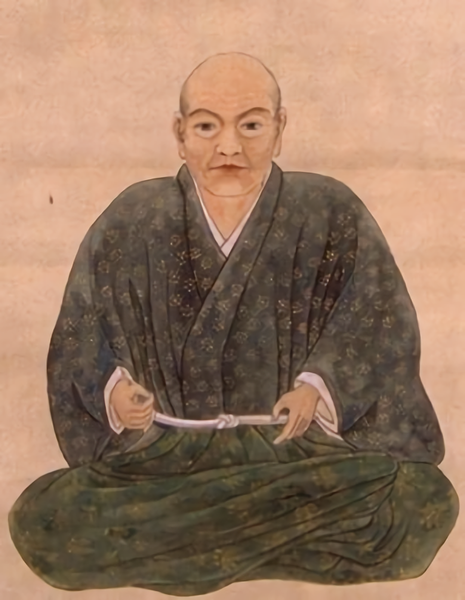

Castle is abandoned after being followed by Several Loads
The Ashina Clan’s power decreased after Moriuji died in 1580 as his successors died young. Because of that, the clan and its senior vassals had to accommodate their new lord from a great warlord outside to maintain their territory. The candidates were ones from the Satake Clan and the Date Clan. As a result, they concluded that the successor would come from the Satake Clan, named Yoshihiro Ashina in 1587. However, this event caused a split in the clan, into the faction in power and the other supporting Date. In 1589, Masamune Date started to invade Ashina’s territory. Yoshihiro tried to repel the invasion, but many of his senior vassals, including the relative Inawashiro Clan, supported the Date’s side or left him. He was defeated by Masamune in the battle of Suriagehara and escaped form the Aizu area to his parents’ home. This battle resulted in Kurokawa Castle, the home base of the Ashina Clan being captured by Masamune and the clan’s destruction.
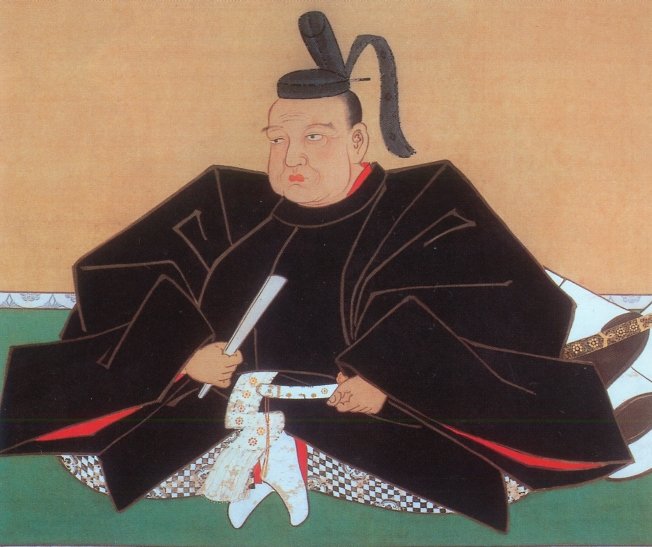
Mukai-Haguroyama Castle was followed by Masamune Ujisato Gamo, and Kagekatsu Uesugi like they used Kurokawa Castle (renamed to Wakamatsu Castle). This was because they still needed to use it as a final castle for emergencies like a battle. However, the castle was eventually abandoned after Kagekatsu was transferred to Yonezawa Castle in 1601 due to the defeat in the decisive battle in 1600 against Ieyasu Tokugawa who would be the founder of the Tokugawa Shogunate.
